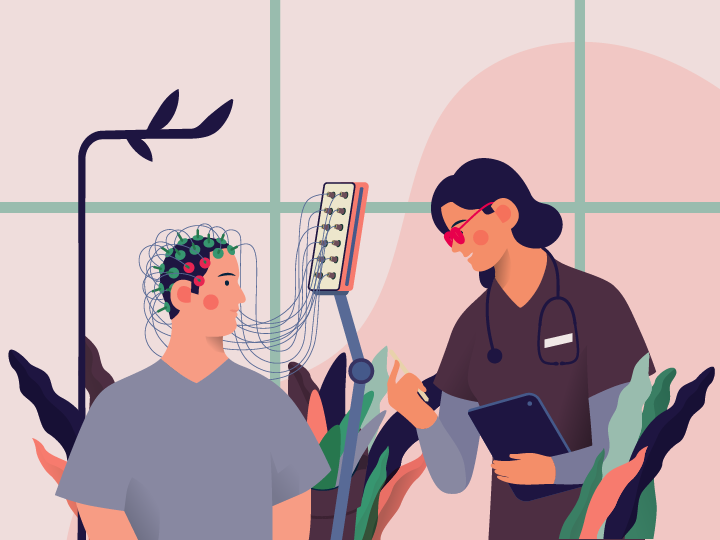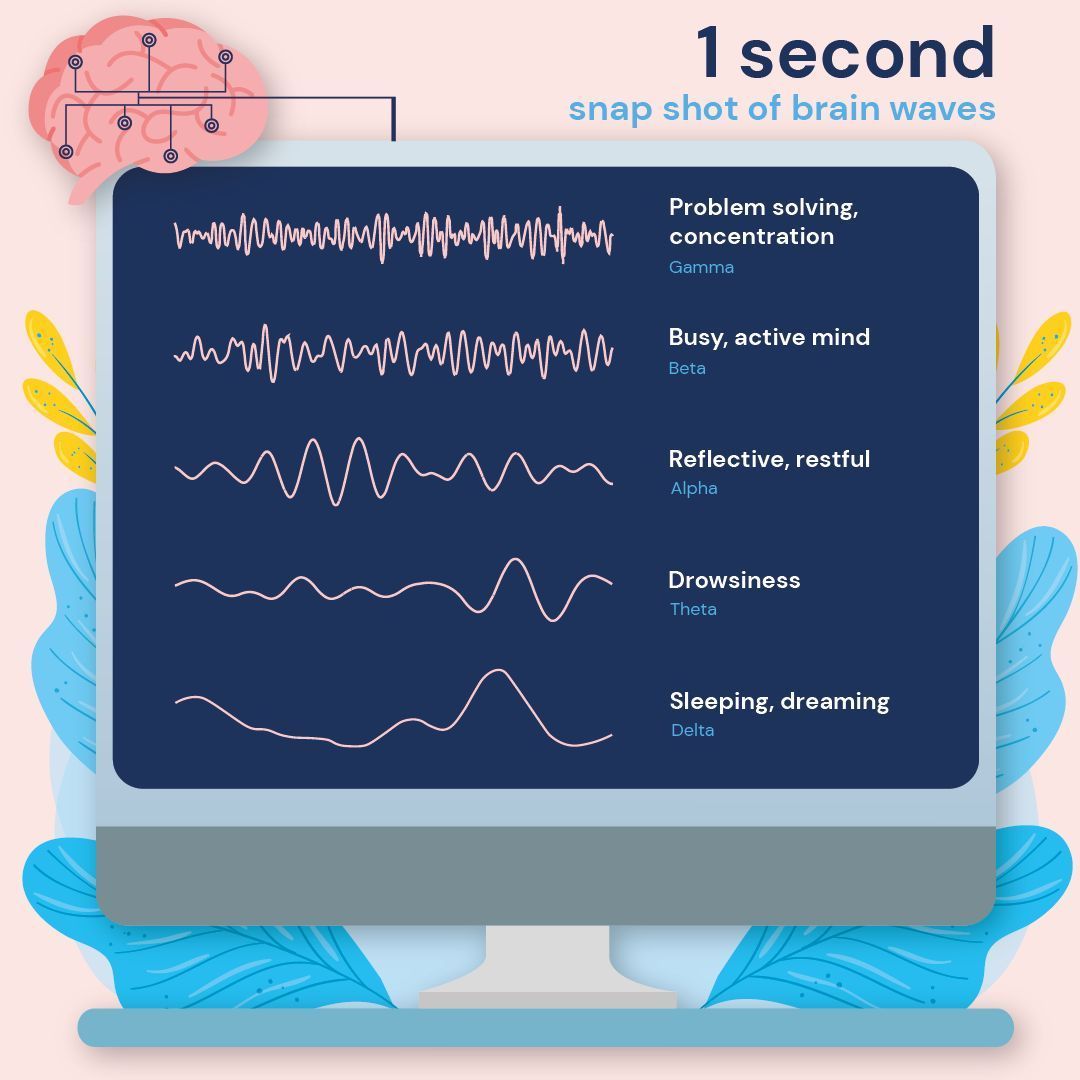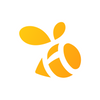Brain Research: Embracing EEG
When we think of brain research, we often think of MRIs and CT scans showing us what the brain looks like at a point in time. But how do we study the brain in action?

By: Ricky Chow, Lab Manager, Rotman Research Institute
When we think of brain research, we often think of MRIs and CT scans showing us what the brain looks like at a point in time. But how do we study the brain in action? Enter EEG, short for electroencephalography: a non-invasive neuroimaging method of measuring the brain's own electrical activity.
What is EEG and its uses?
Your brain houses billions of neurons communicating with each other using electrical impulses, which can be detected on the scalp using EEG. This kind of information gives researchers and clinicians some insight into neural processing in real-time on a scale of milliseconds. In research settings, EEG can be used to understand the timing of cognitive processes quickly and inexpensively. In clinical settings, EEG can also be helpful in confirming or ruling out various medical conditions, including seizure disorders, head injury, sleep disorders, stroke, and dementia.
What is being recorded by EEG?
An EEG commonly uses small sensors attached to an elastic electrode cap that resembles a swim cap. Some gel with electrolytes is applied near the scalp so that the brain's electrical impulses can disperse through it and be picked up by the sensors. What is being recorded is a series of brain wave - wavy lines with numerous peaks and valleys. Each waveform represents the change in your brain's electrical activity over time from a particular sensor on the scalp. What is of particular importance to researchers and clinicians is the height and shape of specific peaks and valleys that hint at specific cognitive processes in the brain at a particular time point.
Some common misconceptions
It might be overwhelming looking at all the complex sensors and wires used in EEG - but luckily, it's relatively risk-free! EEG sensors are essentially a measurement tool similar in technology to a cardiogram or an ECG (short for electro-cardiogram) for measuring heart rate. One often wonders whether someone looking at your brain waves will be able to tell what you are thinking and see what you are imagining - but no matter how hard you think of a pizza, what researchers and clinicians see are just more and more wavy lines.

Extracting meaning from brain waves
So if the result of EEG is simply a series of peaks and valleys from wavy lines, how does one know what those waves actually mean? In research settings, participants fitted with EEG are simultaneously completing a computer task - for example, judging old and familiar words or pictures, or perhaps searching for an object hidden among an array of other objects. In whatever the case, these tasks are usually designed to measure one isolated facet of cognition. Therefore, the characteristic peaks and troughs generated from a single word, picture, or item (called an event-related potential, or ERP) can be directly tied to some kind of behaviour performance.
How is EEG used in research today?
EEG is rapidly advancing the state of brain health research in a multitude of clinical fields. For example, research studies done at Toronto's Rotman Research Institute have used EEG to characterize how mind-wandering and distraction habits may be different in older and younger adults, and how music training and bilingualism can protect against cognitive decline. Current EEG studies in progress are investigating how circadian rhythms can alter age differences in cognitive control, as well as uncover neural biomarkers for preclinical Alzheimer’s disease. Undoubtedly there are other more expensive neuroimaging methods that can give insight into brain function, but EEG is an especially quick, cost-effective, popular, and easy-to-learn neuroimaging technique, with great potential for translating findings in basic research into industry applications and brain health innovations for the community.

